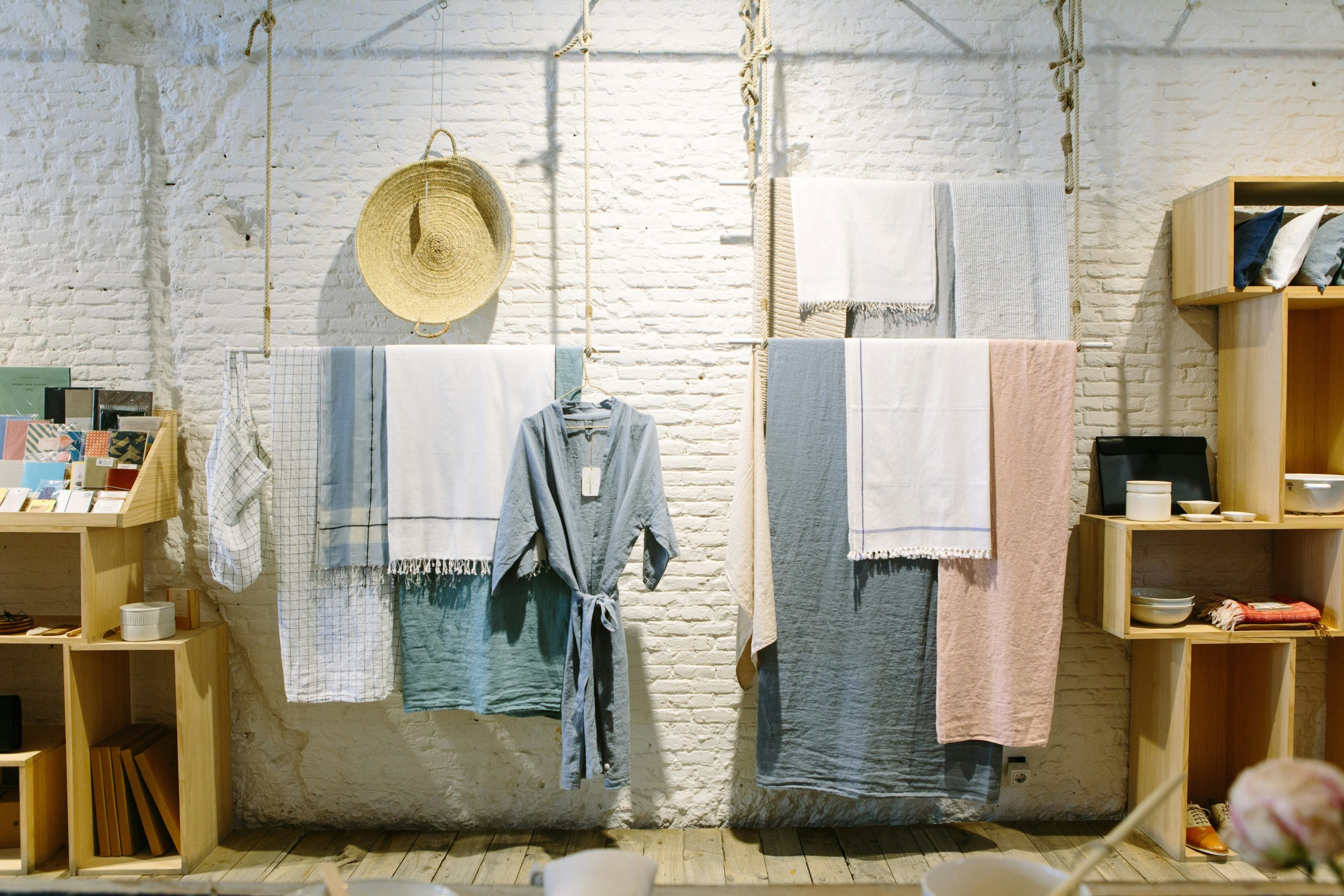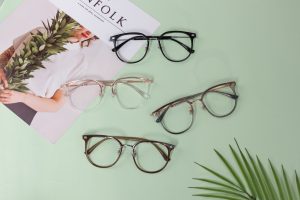Fashion’s Waste Crisis: Deadstock Fabrics Finding New Life
Fashion’s waste crisis is no secret. With fast fashion brands producing over 92 million tons of textile waste each year, it’s clear that the fashion industry has a major waste problem. But amidst this crisis, there is a glimmer of hope – deadstock fabrics finding new life.
The Impact of Deadstock Fabrics
Deadstock fabrics, also known as overstock or surplus fabrics, refer to materials that were produced for a particular purpose but were not used and are now sitting in warehouses or factory storages. These fabrics are often considered waste by manufacturers and are typically sold off cheaply or even destroyed. However, this leftover fabric has a significant impact on the environment.
The production and disposal of deadstock fabrics contribute to the growing problem of textile waste and pollution. The manufacturing process for textiles requires large amounts of energy, water, and chemicals, resulting in carbon emissions and water pollution. Not to mention, the disposal of these unused fabrics often ends up in landfills, where they can take hundreds of years to decompose.
The Rise of Sustainable Fashion
Thankfully, the fashion industry is slowly shifting towards a more sustainable and circular approach to production. And the use of deadstock fabrics is a significant part of this change. Sustainable fashion brands are tapping into these unused materials and giving them new life, reducing the amount of waste and resources needed for production.
Sustainable fashion brands like Reformation, Eileen Fisher, and Stella McCartney are leading the way in incorporating deadstock fabrics into their collections. They not only reduce waste but also create unique and limited edition pieces that cannot be replicated, making them more desirable to consumers.
The Creative Use of Deadstock Fabrics
The use of deadstock fabrics not only benefits the environment but also offers endless possibilities for creative designs and innovation in the fashion industry. In some cases, designers have no choice but to use deadstock fabrics due to limited resources, but it has also become a conscious decision for many others.
The unique characteristics of deadstock fabrics, such as limited quantities and various patterns and textures, provide designers with new opportunities to create one-of-a-kind pieces. This creativity and innovation are not only beneficial for the environment but also for the fashion industry as a whole.
The Consumer Demand for Sustainable Fashion
As consumers become more aware of the environmental impact of the fashion industry, there is a growing demand for sustainable fashion. More and more people are looking to support brands that align with their values and prioritize sustainability. And the use of deadstock fabrics is a clear indication of a brand’s commitment to reducing waste and promoting sustainability.
Consumers are also drawn to the exclusivity and uniqueness of sustainable fashion pieces made from deadstock fabrics. They know that they are investing in a product that is not only environmentally friendly but also has a unique story and limited availability.
The Future of Deadstock Fabrics
The use of deadstock fabrics is just one step towards a more sustainable and circular fashion industry. As consumers become more conscious of their fashion choices, brands are also taking action to reduce waste and promote sustainability. Slowly but surely, deadstock fabrics are finding new life and contributing to a more sustainable future for fashion.
What You Can Do
As a consumer, you have the power to support sustainable fashion and reduce the fashion industry’s waste problem. You can start by choosing to buy from sustainable fashion brands that use deadstock fabrics or even sourcing deadstock fabrics yourself for your own DIY projects.
Additionally, you can also support and advocate for policies and regulations that promote sustainability in the fashion industry. This includes pushing for transparency and accountability from fashion brands about their production processes and waste management.
In conclusion, deadstock fabrics are finding new life in sustainable fashion, and with our support, we can continue to reduce waste and promote a more sustainable future for the industry. Let’s make sustainable fashion the new norm, one deadstock fabric at a time.







